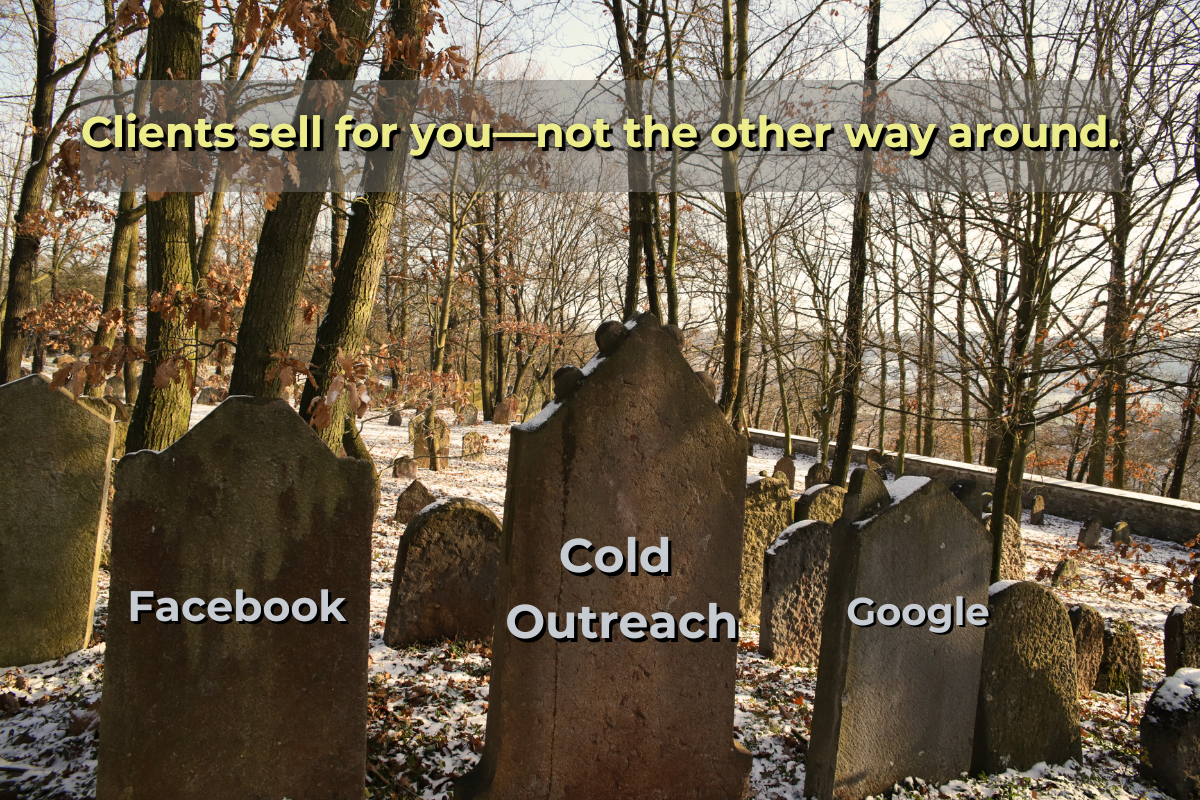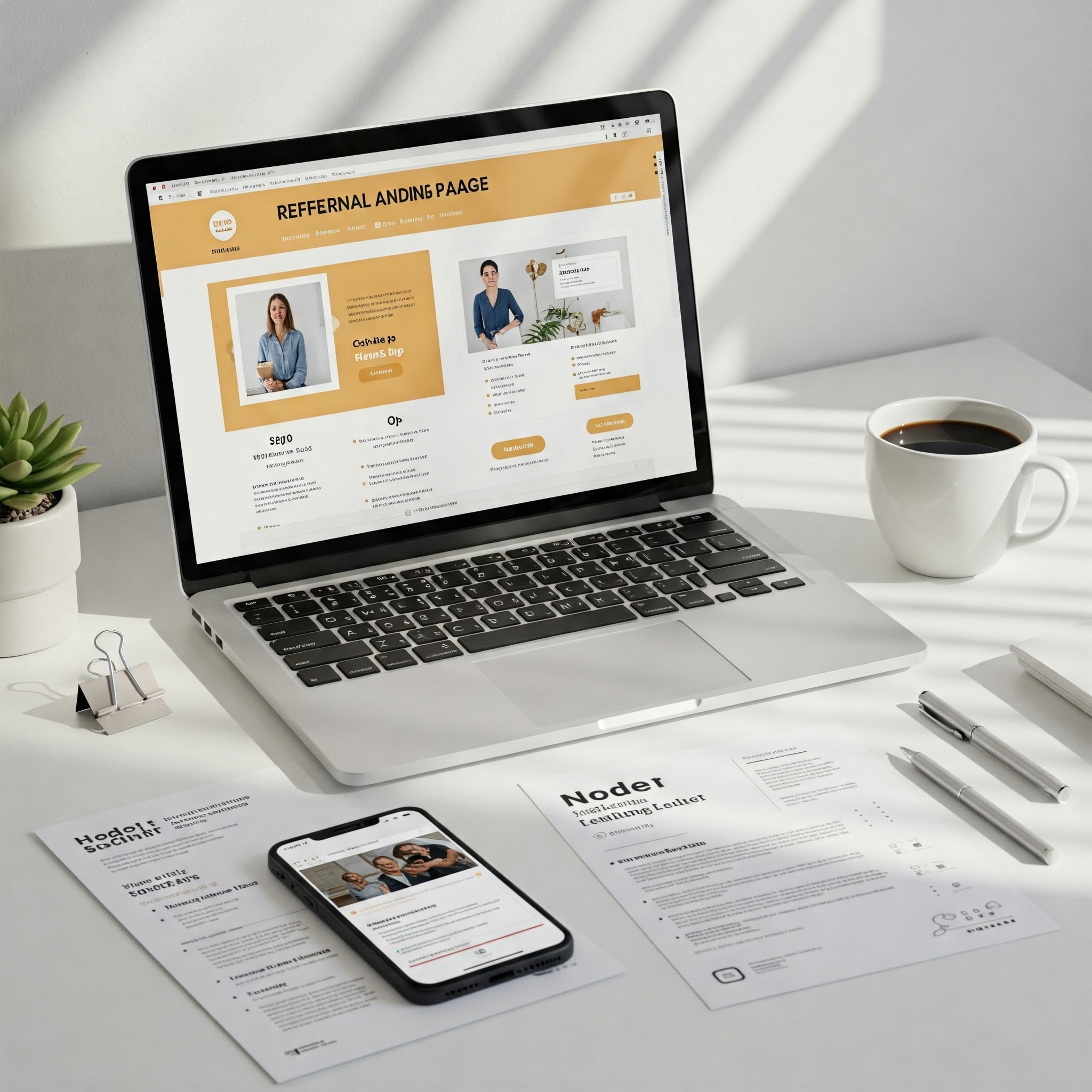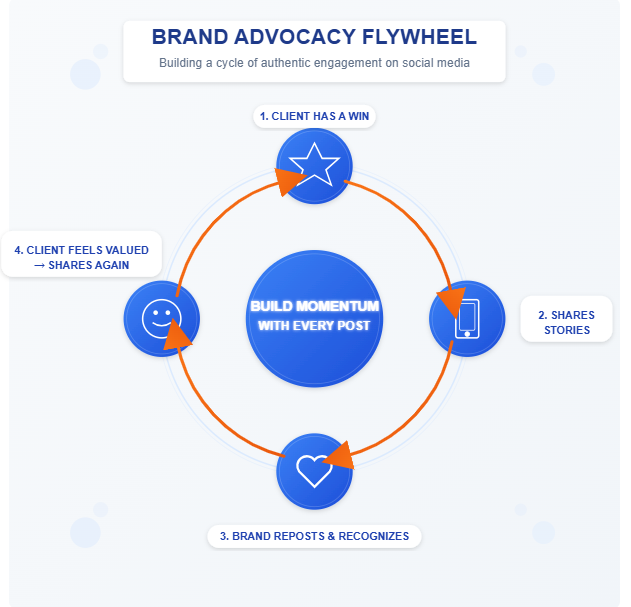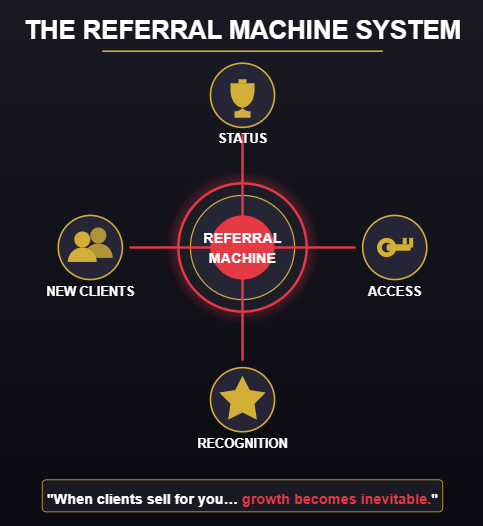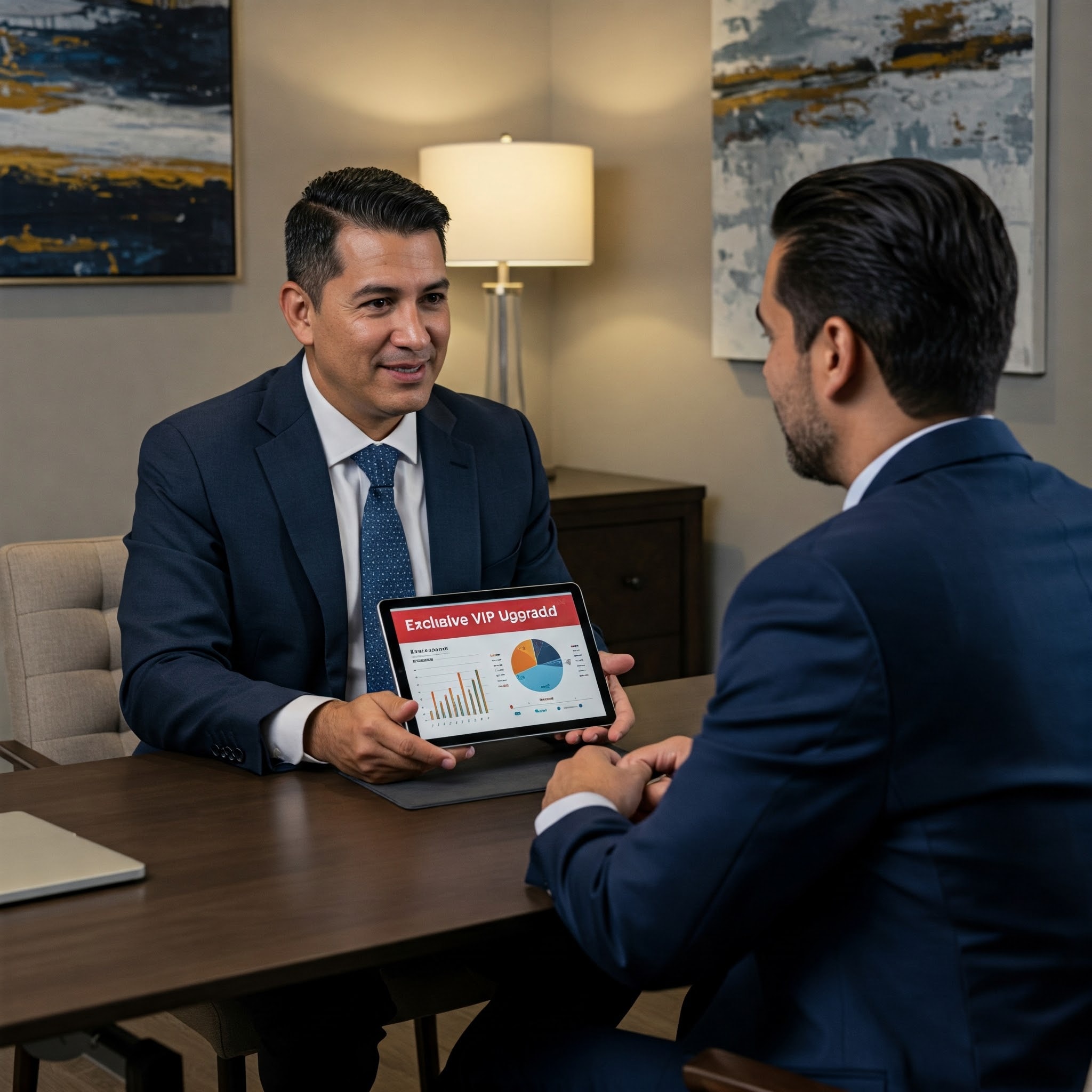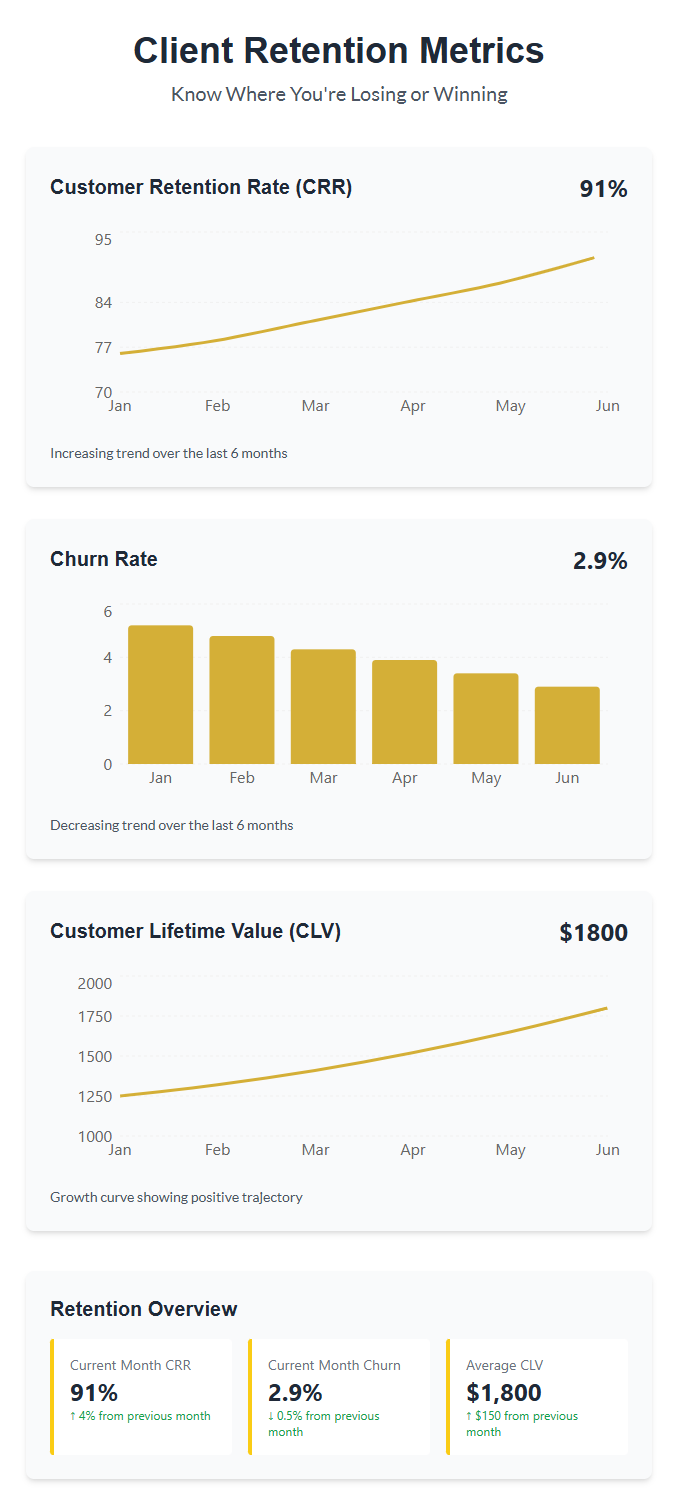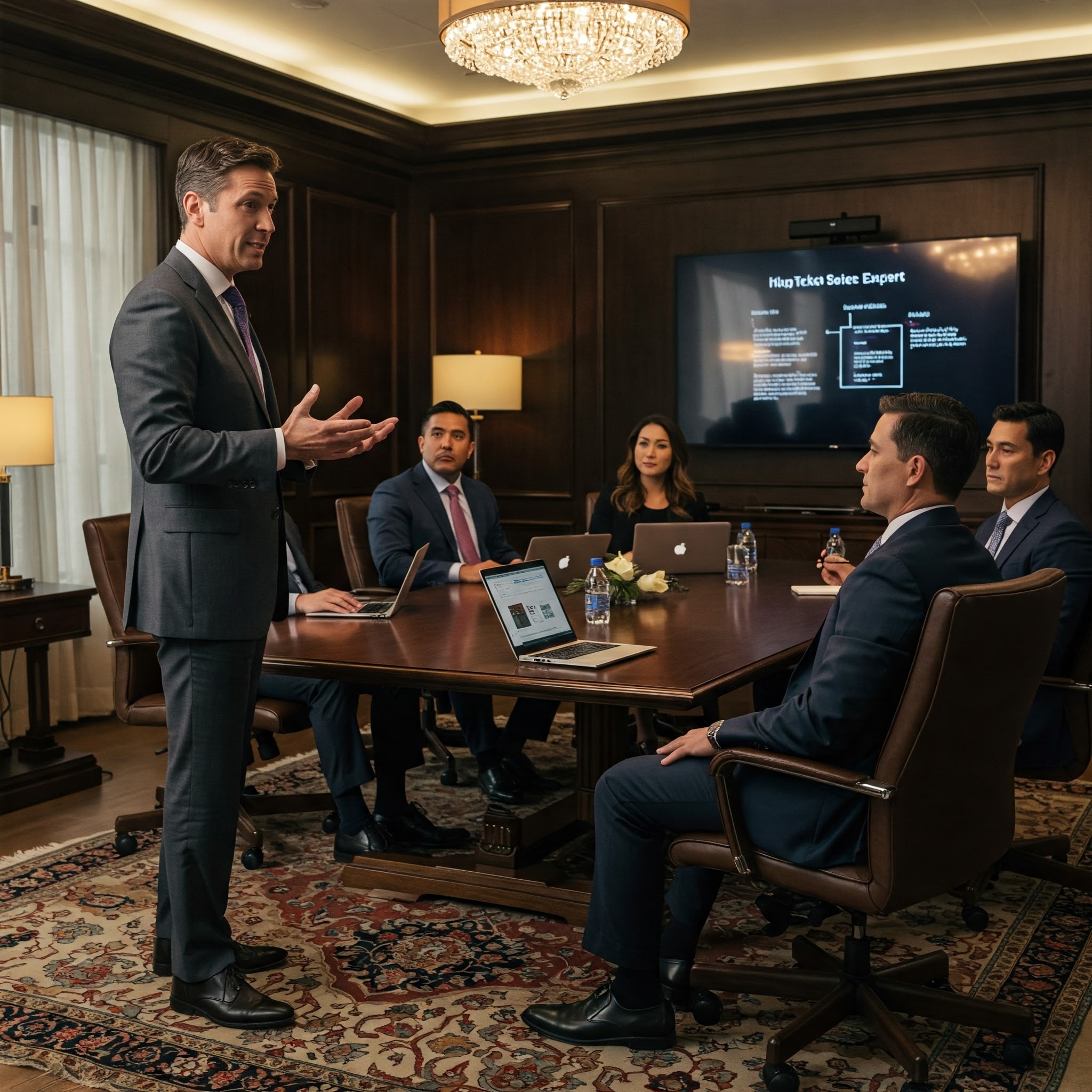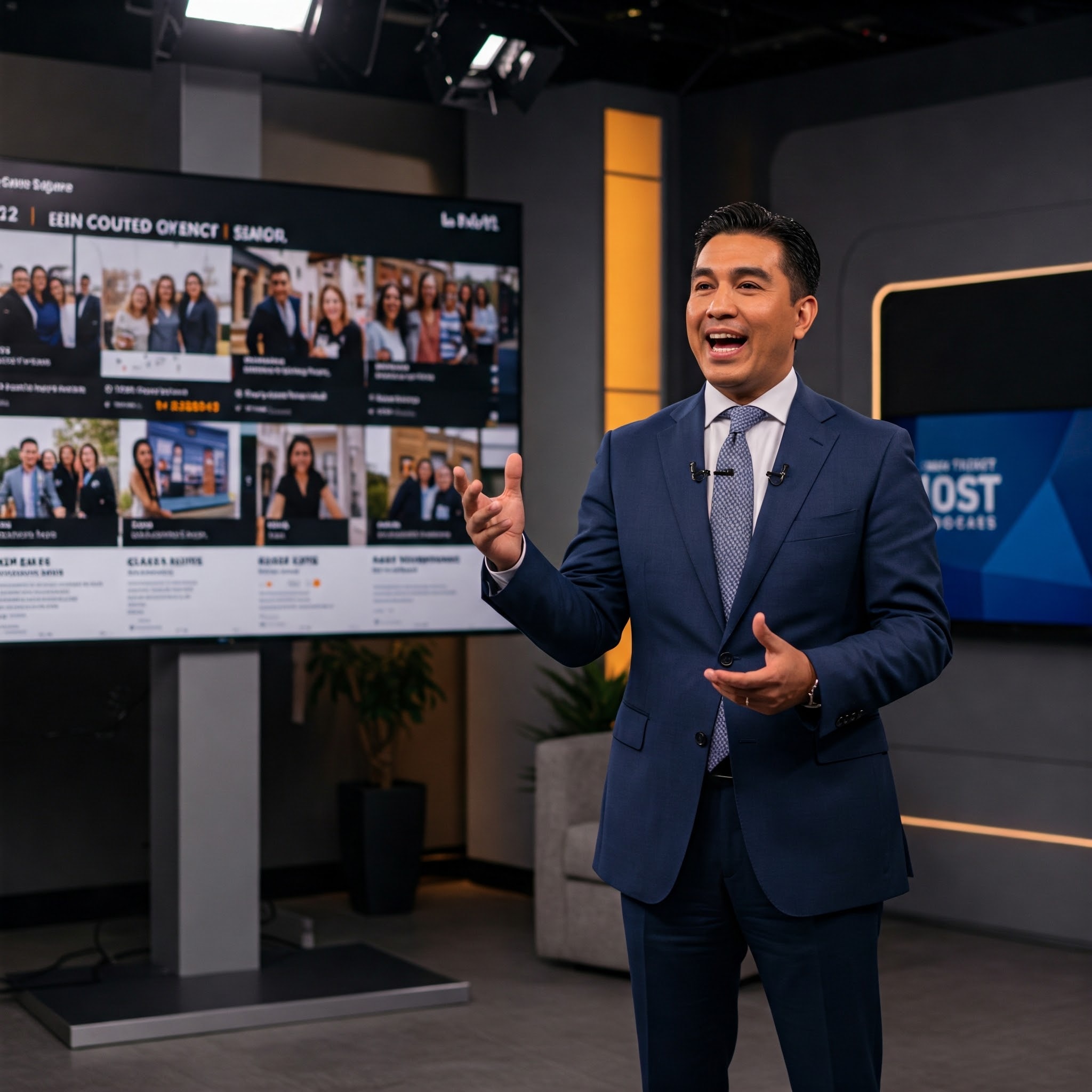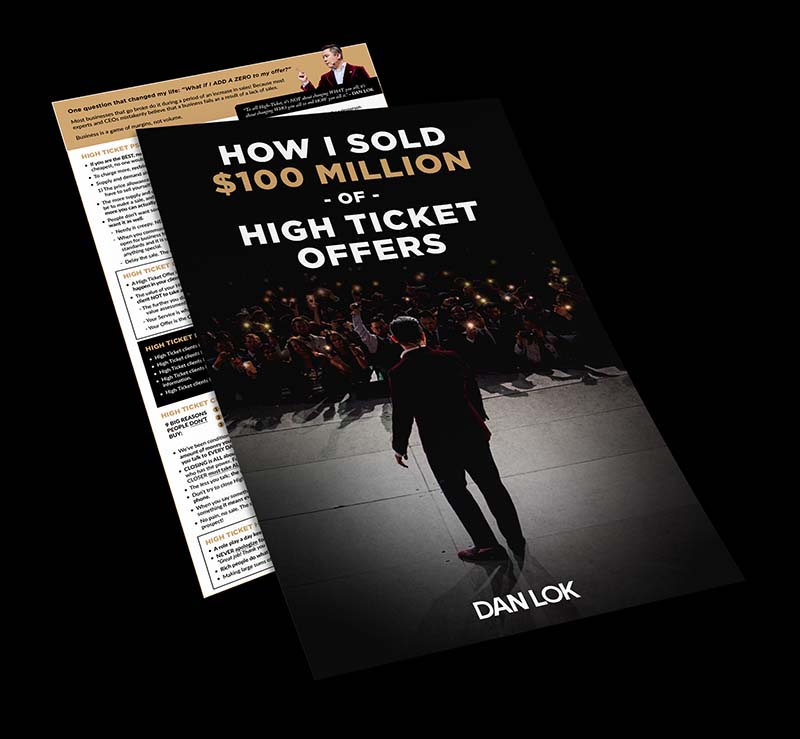
Most entrepreneurs are obsessed with the tools of marketing.
They think if they just find the right software—boom—the business scales itself.
That’s a lie.
Tools don’t build empires.
Table of Contents
- What Are High-Ticket Sales (and Why Most People Struggle to Scale Them)
- The 3 Core Systems You Actually Need to Scale High-Ticket Offers
- The Secret Weapon: CRM Software for High-Ticket Offers
- Marketing Automation Tools That Actually Improve Customer Retention
- How to Measure Success: Key Metrics for Revenue Growth
- Pro Tips: Avoid These Mistakes with Tools of Marketing
- Final Step: Use These Tools to Scale Smart, Not Hard
- Want Clients Pre-Sold Before the Call?
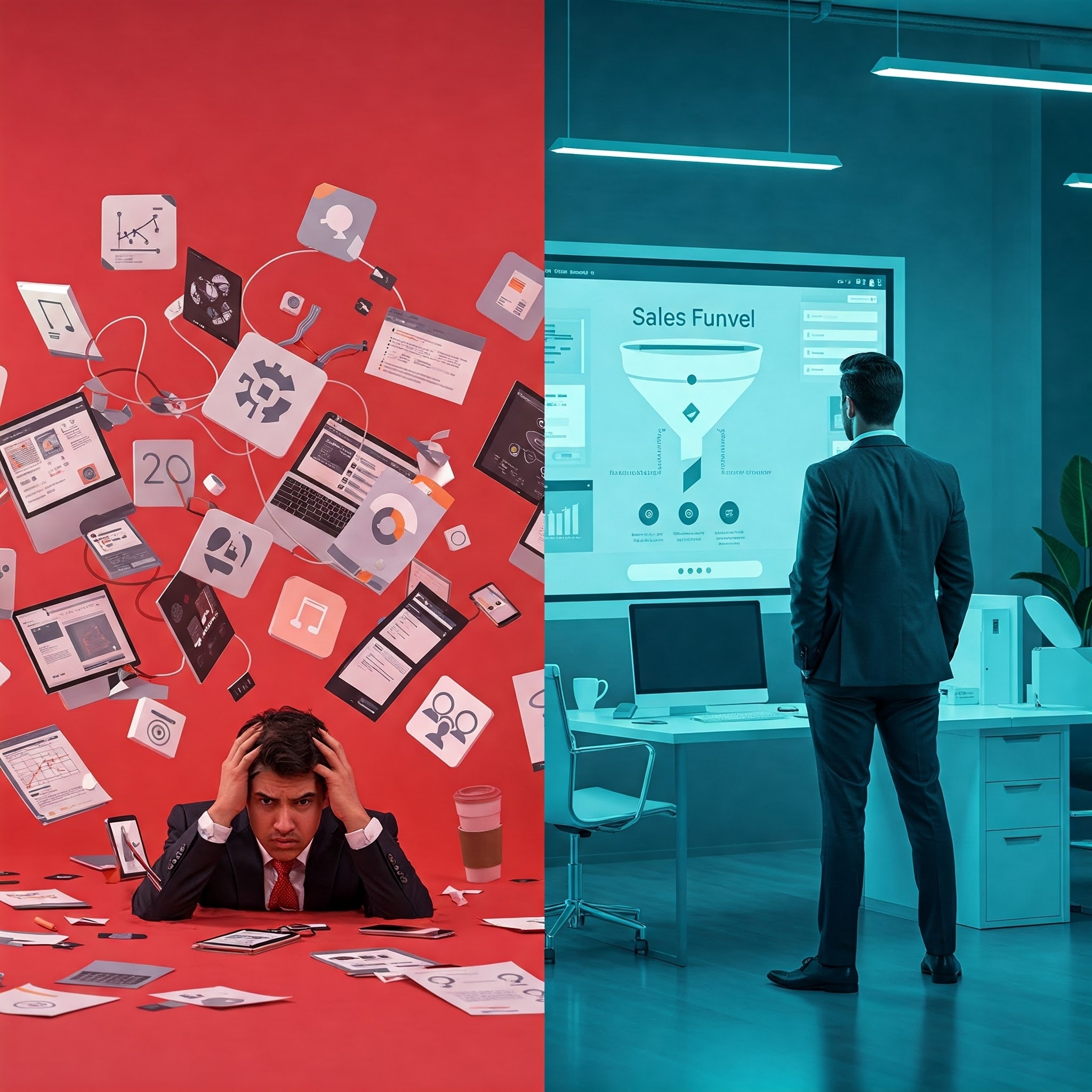
Strategy does.
Because if you don’t know how to close high-ticket deals, it doesn’t matter how advanced your CRM software is.
If your offer is weak, no email marketing platform can save you.
But here’s the truth most people don’t want to hear:
The right tools are force multipliers.
If you already have a proven high-ticket offer and a positioning strategy that attracts qualified leads…
Then tools can help you scale faster, close more deals, and improve customer retention without burning out.
So instead of giving you a bloated list of trendy apps, let’s break down the only marketing systems you actually need to dominate high-ticket sales in 2025—and the specific tools that make them work.
Because when you combine strategic positioning with the right automation,
you create something most entrepreneurs never experience:
Sustainable, scalable growth.
What Are High-Ticket Sales (and Why Most People Struggle to Scale Them)
High-ticket sales are not about selling more. They’re about selling smarter—to the right people, at a higher price point, with a deeper level of trust.
A high-ticket offer typically ranges from $2,000 to $100,000+, and it’s not something people buy on impulse. These deals require in-person meetings, multiple touchpoints, and personalized communication.
You’re not closing browsers—you’re closing decision-makers, CEOs, investors, and founders.
And that’s exactly why most entrepreneurs fail to scale high-ticket sales.
They’re still using the same tools and tactics they used to sell $47 eBooks.
No sales process.
No trust-building mechanism.
No system to handle multiple stakeholders or track the customer journey.
To scale high-ticket offers in 2025, you need more than just hustle.
You need to streamline processes, understand your buyer’s psychology, and deploy tools that help you track interactions, build stronger relationships, and close deals with precision.
Because if you don’t evolve your systems, you’ll always be stuck in the grind—chasing leads that aren’t qualified and burning time on the wrong conversations.
Let’s break down the exact systems—and tools—you need to stop chasing and start scaling.
The 3 Core Systems You Actually Need to Scale High-Ticket Offers
Forget bloated tech stacks and shiny-object software.
When it comes to closing high-ticket deals, you only need three core systems:
- A Lead Capture & Qualification System
So you’re only speaking to serious buyers—not time-wasters. - A Sales & Follow-Up System
To close deals faster and keep leads warm—without manually chasing anyone. - A Client Experience & Retention System
Because the fastest way to grow is by turning your existing customers into loyal advocates who refer and rebuy.
Each of these systems plays a critical role in your buyer’s journey, from first touch to repeat purchases. And when optimized, they do more than just increase conversion rates—they drive revenue growth, reduce churn, and deliver an experience worth paying for.
Over the next few sections, we’ll break down each system and show you the exact marketing tools that make it work—without overwhelming your operations or creating more busywork.
Because when the backend of your business runs like a machine,
you’re free to focus on what actually matters: serving premium clients and scaling profitably.
System 1: Lead Capture & Qualification Tools
Let’s be blunt:
Talking to the wrong people costs you money.
The biggest leak in your high-ticket sales pipeline is wasted time on unqualified leads. Every call with someone who “just wants to pick your brain” or “isn’t ready yet” drains your energy and slows your growth.
That’s why the first system you need is one that filters out noise—so only the most serious, pre-sold buyers get access to you.
Step 1: Capture the Right Attention
To attract high-quality leads, you need landing pages that are laser-focused on a single goal: qualification.
Don’t just offer a freebie. Offer transformation.
And only let people in if they’re serious.
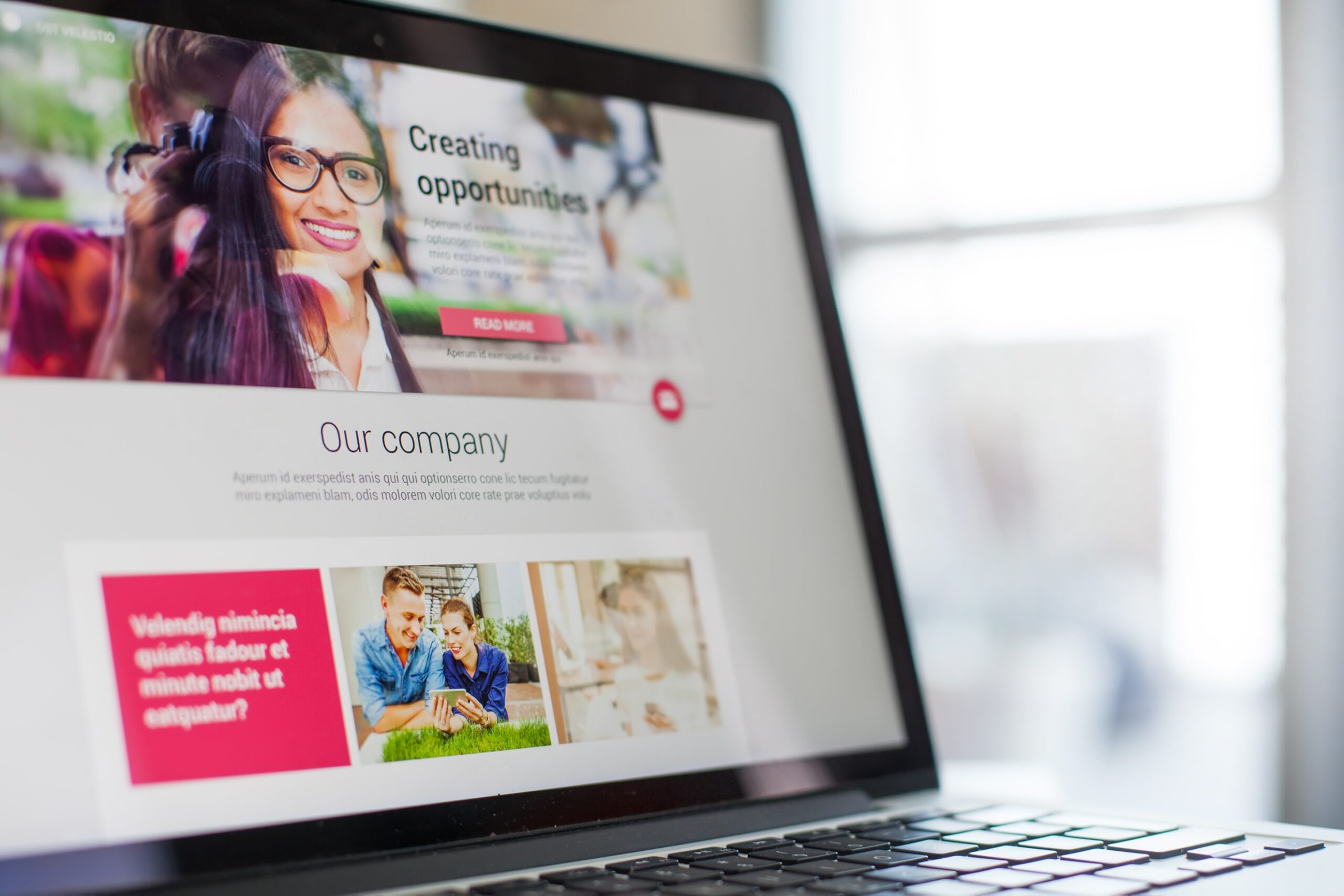
Best Tools for This Stage:
- LeadPages or ClickFunnels – Build high-converting opt-in pages that capture buyer intent.
- Typeform or JotForm – Use pre-call applications to filter leads before they get on your calendar.
Step 2: Qualify Before They Book
Once you capture a lead, the next step is qualifying them without friction.
Use scheduling tools that integrate seamlessly with your form—so only approved leads can move forward.
Best Tools for This Stage:
- Calendly or ScheduleOnce – Allow vetted leads to book calls automatically, saving you from endless back-and-forth.
- CRM tools like HubSpot – Tag and segment leads based on their answers so your follow-up is targeted and strategic.
Pro Move: Protect Your Calendar
Only allow people who meet your criteria to book a call.
Everyone else? Direct them to your educational content instead.
This does two things:
- Positions you as the prize.
- Preserves your time for real opportunities.
When your lead capture system is dialed in, you don’t chase prospects.
You select them.
System 2: Sales Automation & Follow-Up Tools
Most high-ticket sales aren’t lost on the call.
They’re lost in the follow-up.
Prospects get busy.
They forget your offer.
They talk themselves out of the investment.
And if you’re relying on memory, spreadsheets, or random sticky notes—you’re losing money.
Follow-up is where serious closers print cash.
But it only works if it’s timely, automated, and personalized.
Sales Automation: Never Miss a Follow-Up Again
Sales automation isn’t about blasting generic emails.
It’s about creating a smart, behavior-based system that nudges prospects at the right moment—on the right channel—with the right message.
Best Tools for Sales Automation:
- GoHighLevel or HubSpot – Automate SMS, email, and DMs based on prospect actions.
- ActiveCampaign or Mailchimp – Run intelligent email campaigns that warm leads before and after the call.
- Loom or Bonjoro – Send personalized video messages that build trust and re-engage cold leads.
Follow-Up Cadence That Closes
Most entrepreneurs follow up once. Maybe twice.
Top closers follow up until they get a clear yes or no.
Here’s a proven sequence for high-ticket sales:
- 1 Hour After the Call → Personalized “thank you” + recap
- 24 Hours Later → Value-based email addressing objections
- Day 3 → Social proof (testimonial or case study)
- Day 7 → Final check-in + limited-time reminder
If you use email marketing tools with engagement tracking, you’ll know exactly who’s opening, clicking, and ignoring.
Bonus: Use workflow automation to trigger different sequences based on prospect behavior (e.g., opened vs. ignored email).
Don’t Just Automate—Personalize
Automation without context feels robotic.
Use CRM tools to store your customer’s history, pain points, and preferences—so your messages sound like you actually care.
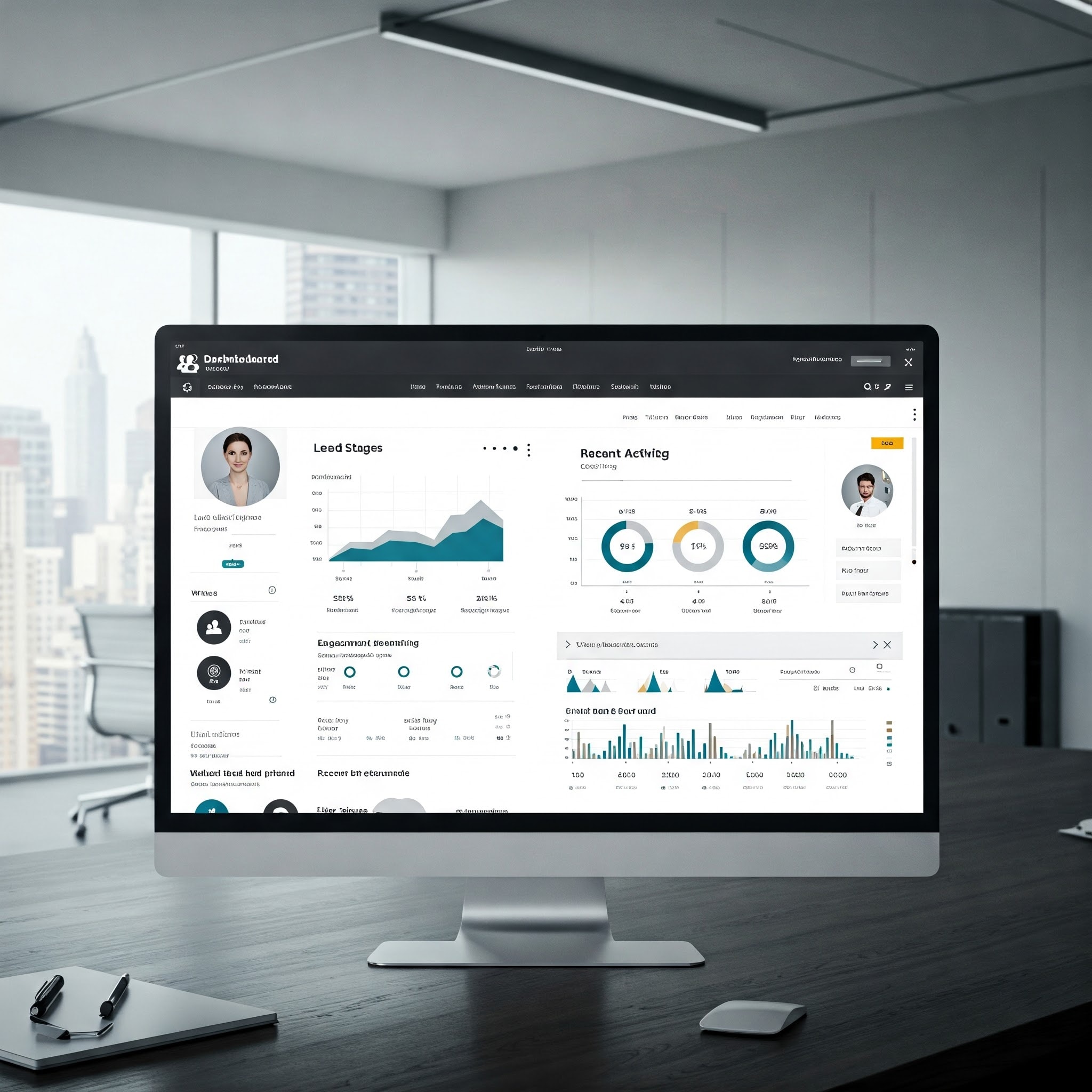
Because high-ticket clients don’t want volume.
They want value.
System 3: Client Experience & Retention Tools
High-ticket businesses don’t grow from more leads.
They grow from better relationships.
If your focus ends at the sale, you’re leaving massive money on the table.
Because the real revenue? It’s in retention.
Why Retention = Faster Growth
Keeping a client is cheaper—and more profitable—than getting a new one.
That’s why top-performing businesses obsess over the customer journey after the sale.
More repeat purchases
More referrals
Higher customer lifetime value
When you deliver a world-class experience, you turn paying customers into loyal advocates who brag about you in rooms you’re not even in.
Best Tools for Client Experience & Retention
Your goal is to make staying feel better than leaving.
Client Communities:
- Slack or Circle – Create private communities for support, updates, and peer connection. Builds trust and customer engagement.
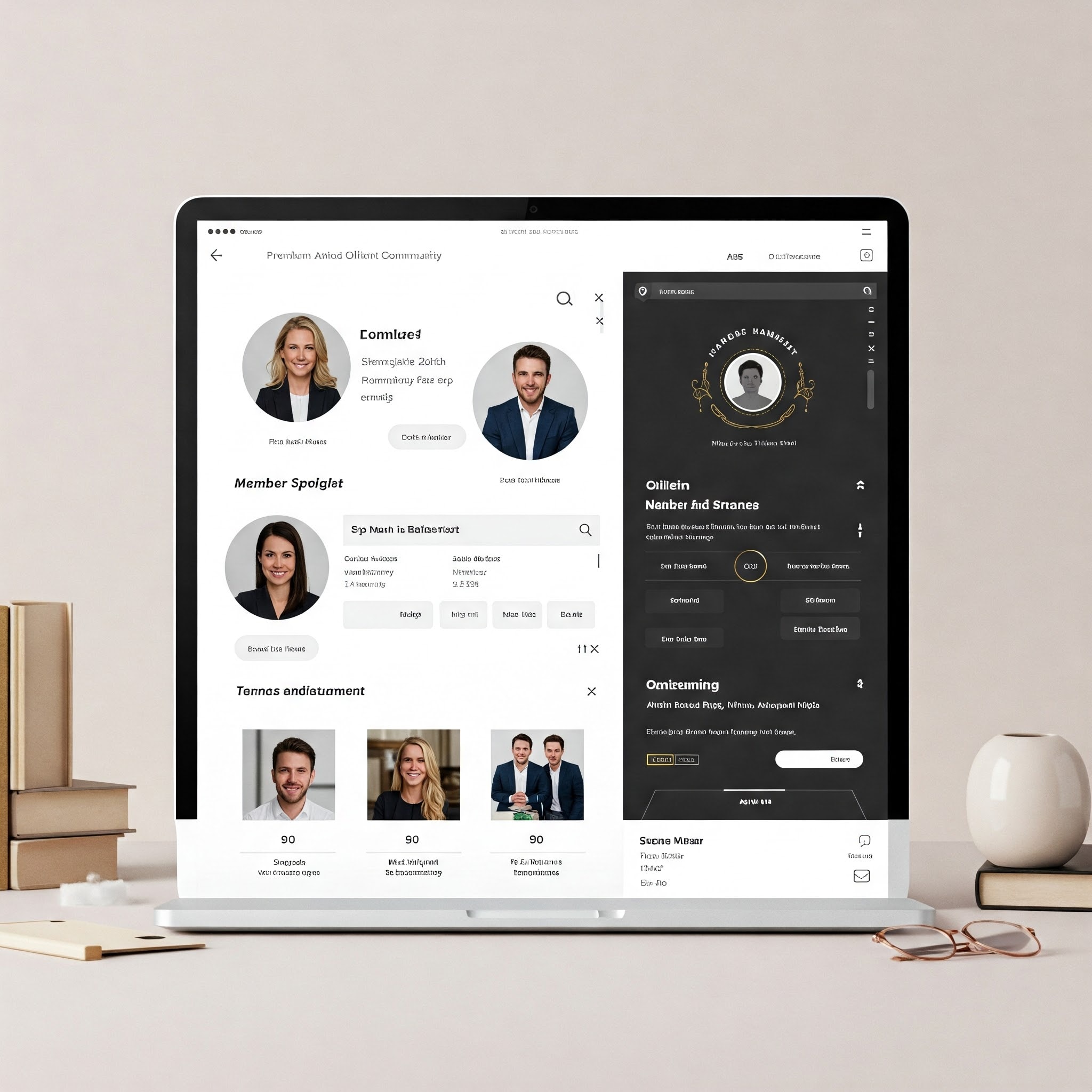
Content Delivery:
- Kajabi or Teachable – Host trainings, resources, and bonus content. Helps onboard clients fast and reduce overwhelm.
Success Tracking:
- Notion or Trello – Share personalized progress boards so clients see results in real time. Promotes customer satisfaction and reduces churn.
Pro Tip: Offer exclusive perks to increase retention:
- Monthly Q&A calls
- Bonus modules
- Surprise gifts
- Access to inner-circle events
People stay where they feel valued, not just sold to.
How Retention Impacts Revenue Growth
A high-retention business has:
- Lower acquisition costs
- More stable cash flow
- Better forecasting
- A built-in referral engine
When your customer retention software works in sync with your CRM and content delivery tools, you create a seamless, multi-channel experience that keeps clients engaged for the long haul.
The Secret Weapon: CRM Software for High-Ticket Offers
Ask any 7- or 8-figure business owner what keeps their sales engine running, and you’ll hear the same answer:
A great CRM.
But most entrepreneurs think of CRM software as a glorified contact list.
In reality, it’s your command center for high-ticket growth.
What a CRM Really Does
A powerful Customer Relationship Management system tracks more than just names and emails.
It lets you:
- Track interactions across multiple channels (calls, emails, DMs)
- Monitor customer sentiment and engagement
- Assign tasks to team members and track pipeline movement
- Segment and tag leads for personalized communication
- Identify upsell and cross-sell opportunities
- Sync with other tools to streamline the customer journey
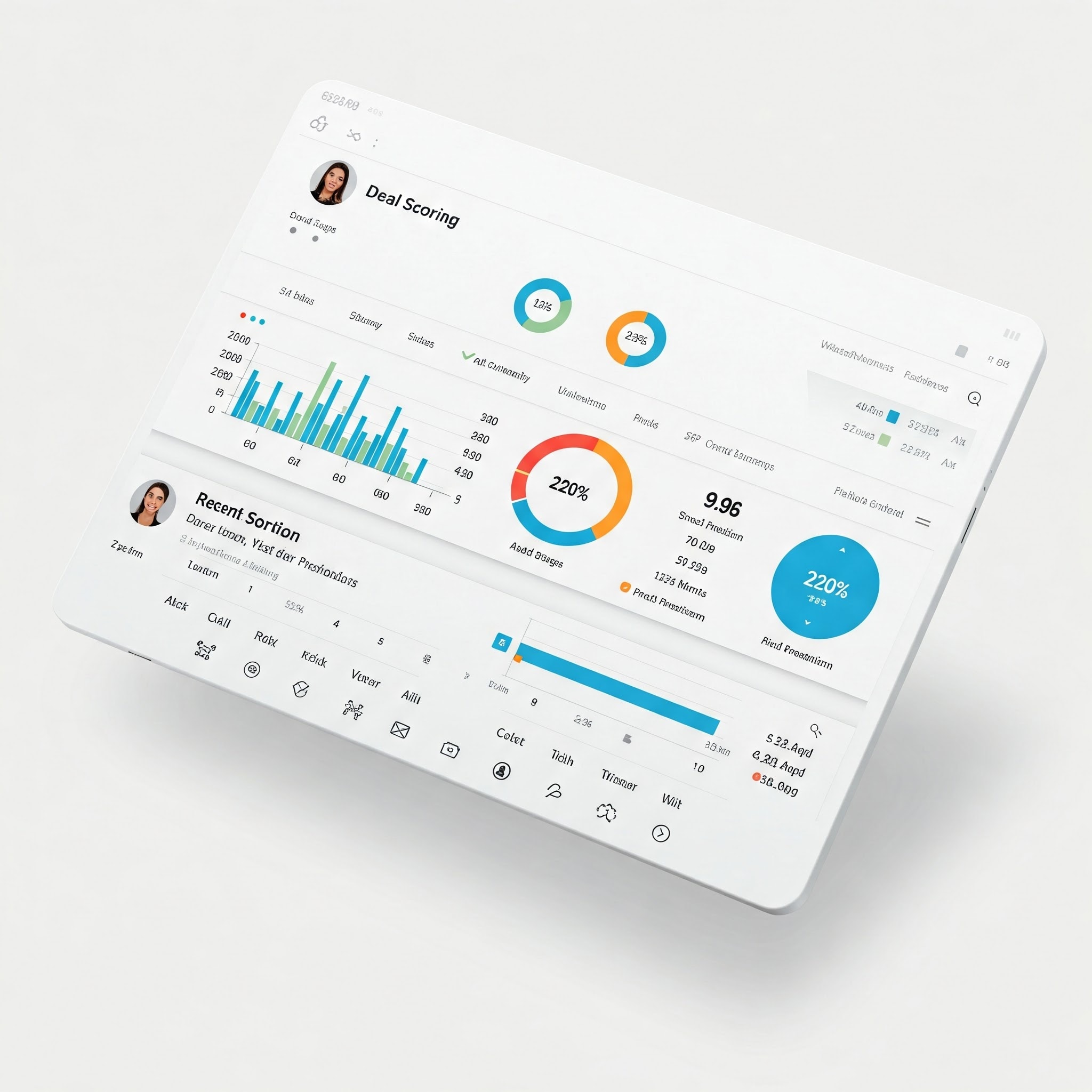
It’s not just about collecting data—it’s about turning data into decisions.
Best CRM Tools for High-Ticket Sales
Depending on your stage and team size, here are the top CRM platforms for high-ticket businesses:
- HubSpot – Scalable, user-friendly, with powerful automation and integrations
- Salesforce – Best for managing multiple stakeholders, complex workflows, and large teams
- Zoho CRM – Budget-friendly, flexible, and good for growing teams
- GoHighLevel – Great all-in-one CRM for consultants, coaches, and agency owners
Look for a CRM with a user-friendly interface, seamless integrations with your existing systems, and the ability to track customer behavior in real time.
Because when you’re selling high-ticket offers, understanding where a lead is in their buyer’s journey makes all the difference.
Marketing Automation Tools That Actually Improve Customer Retention
Most people use marketing automation just to get leads.
But the real leverage is what happens after someone buys.
Because if you’re not using automation to improve customer retention, you’re constantly rebuilding your revenue from scratch.
Why Automation Isn’t Just for Acquisition
In a high-ticket business, your goal isn’t to close a client—it’s to keep them.
That means consistent communication, relevant offers, and strategic timing.
The right marketing automation tools can help you:
- Send personalized messages based on client behavior
- Educate customers with targeted content that boosts engagement
- Use engagement tracking to spot drop-offs before they happen
- Encourage repeat purchases by triggering offers at the right time
This isn’t mass-blasting your list. It’s smart, segmented, and strategic.
How Machine Learning Is Changing the Game
Modern automation tools go beyond basic triggers.
With machine learning, they analyze patterns in customer behavior and adjust campaigns in real-time.
Think:
- Clients who watch 80% of a video → Trigger bonus offer
- Clients who stop logging into your portal → Trigger a check-in email
- Clients who complete a course module → Invite to the next level
Your system becomes smarter the more it learns, delivering valuable insights you can’t get manually.
Best Tools for Retention Automation
- ActiveCampaign – Great for segmentation and behavior-based workflows
- Klaviyo (for eCommerce businesses) – Smart automations for repeat customers
- GoHighLevel – All-in-one automation, perfect for service-based offers
- ConvertKit – Clean UI with powerful tagging and email logic

These platforms integrate with your CRM software, your course platform, and even your customer support tools—creating one seamless experience.
How to Measure Success: Key Metrics for Revenue Growth
The right tools mean nothing if you’re tracking the wrong numbers.
To scale high-ticket sales, you need more than just vanity metrics—you need key metrics that tie directly to revenue growth and long-term success.
Because what gets measured?
Gets managed.
And what gets managed?
Gets improved.
The Most Critical Metrics to Track
- Customer Retention Rate
How many clients stay? A rising retention rate = a stronger business foundation. - Customer Satisfaction (CSAT)
Use post-call or post-delivery surveys to gauge how well your team delivered. - Repeat Purchases
Track how many existing customers are buying again—this indicates loyalty and trust. - Conversion Rates
Measure performance at every stage: landing page → application → sales call → closed deal. - Engagement Metrics
Are your emails being opened? Are videos being watched? Are clients logging into your platform?
Use engagement tracking to stay proactive. - Churn Rate
How many clients are walking away—and why? Low churn = strong customer experience. - Lifetime Value (LTV)
How much is each client worth over time? Your automation and retention tools should increase this consistently.
How Tools Help You Improve These Metrics
- CRM software gives you a centralized view of lead stages, close rates, and customer behavior.
- Email marketing platforms show opens, clicks, and engagement trends.
- Customer retention software surfaces warning signs before someone drops off.
- Dashboard tools (like GoHighLevel, HubSpot, or Notion) make the numbers visible—so your team can act on them fast.
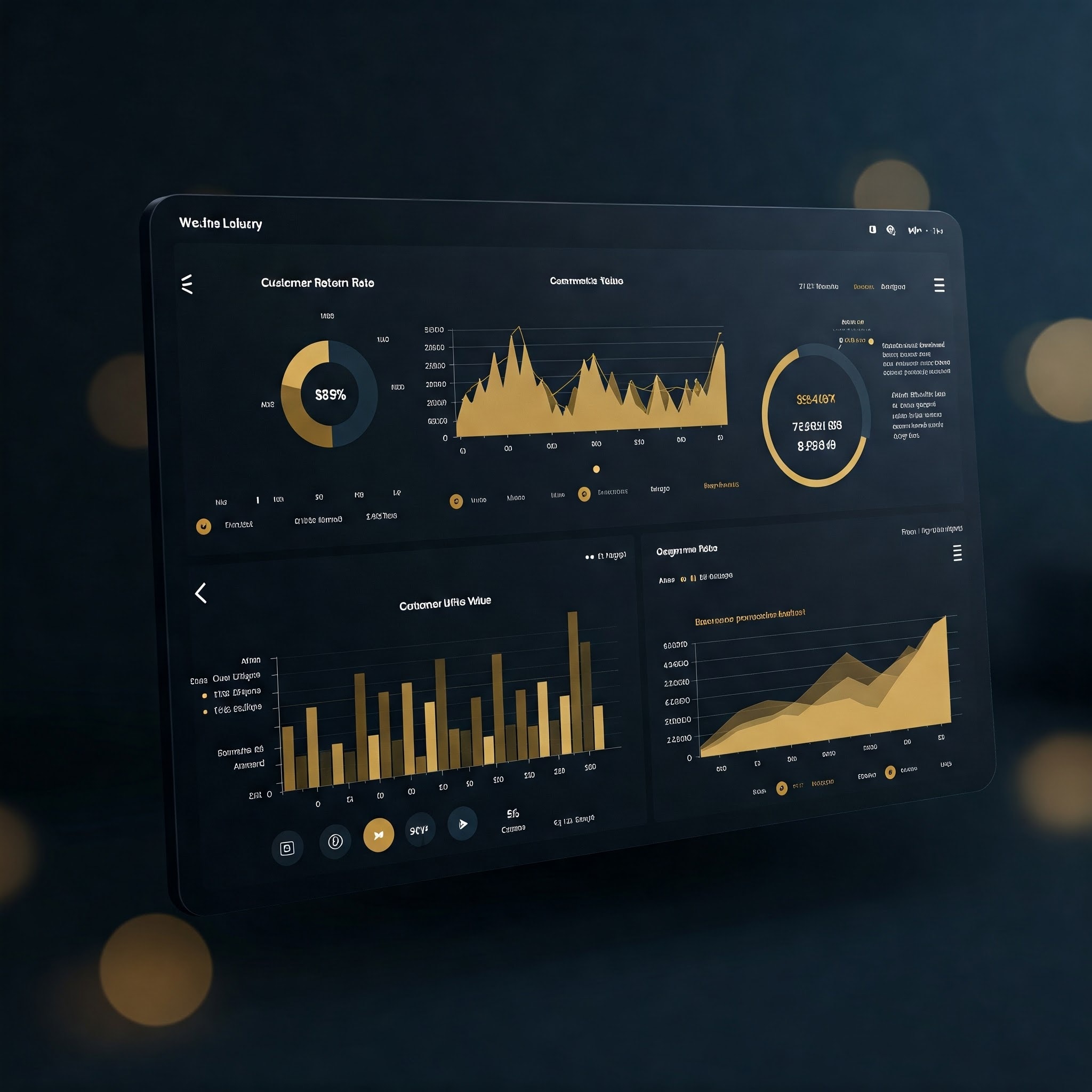
When you understand what’s working (and what’s not), you stop guessing—and start scaling with precision.

Pro Tips: Avoid These Mistakes with Tools of Marketing
The right tools can help you scale.
But the wrong approach?
Can bury you in repetitive tasks, unnecessary expenses, and frustrated clients.
Here are five costly mistakes most entrepreneurs make—and how to avoid them.
1. Buying Tools You Don’t Actually Use

Just because a platform looks “cool” doesn’t mean it fits your workflow.
Start lean. Only invest in tools that directly solve your pain points or streamline key sales processes.
2. Failing to Connect Your Systems

Your CRM, email marketing platform, automation tools, and support systems should talk to each other.
If they don’t, you create friction—and lose visibility over your customer’s journey.
Use tools with native integrations or platforms like Zapier to bridge the gap.
3. Over-Automating the Human Touch
Automation saves time. But if every message feels robotic, your customer relationships suffer.
Use personalized messages where it counts—especially during onboarding, check-ins, and renewals.
4. Not Training Your Team
A tool is only as powerful as the person using it.
Make sure your team knows how to use the systems you’ve built.
If not, you’ll be buried in tech debt while your sales stall.
5. Thinking Tools Will Fix a Weak Offer
No tool can save a broken sales message, unclear positioning, or misaligned pricing.
Fix the offer first. Then scale it with software.

Final Step: Use These Tools to Scale Smart, Not Hard
Tools don’t close deals.
You do.
But when you pair a proven offer with the right systems,
you create a business that scales with precision—without chasing low-quality leads or drowning in busywork.
Here’s what these tools actually do for you:
- Filter out time-wasters so you only talk to premium buyers
- Close deals faster with smart, automated follow-up
- Keep high-value clients longer with personalized, scalable experiences
- Drive revenue growth without relying on ads, gimmicks, or burnouts
It’s not about using more tools.
It’s about using the right tools, in the right order, with the right strategy.
Because when your systems work for you—you get your time back, your confidence back, and your freedom to grow without limits.
Want Clients Pre-Sold Before the Call?
Stop chasing. Start attracting.
Inside S.M.A.R.T., you’ll learn the exact framework Dan Lok and his top clients use to:
- Position themselves as the only logical choice in their market
- Use automation to pre-qualify leads and build trust at scale
- Close premium clients without endless follow-up or sleazy tactics
If you’re tired of working hard and ready to scale smart,
this is your next move.
Click here to get access now.
(Seats are limited and reserved for action-takers only.)
